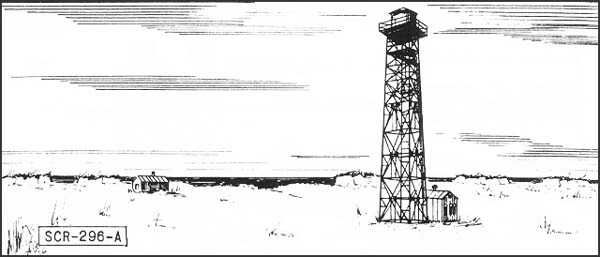
Old Point Loma Lighthouse
In 1852 Congress authorized the first eight lights for the Pacific Coast. In 1854 one of these lights was completed on Point Loma's highest point - 422 feet elevation. To get to this site a crude road from Ballast Point was built to Point Loma. The lighthouse was a two-story sandstone building measuring twenty by thirty feet. A brick tower, forty feet tall, rose from the center of the house. A third order French-designed Fresnel lens was installed and the light first lit on November 15, 1855. For the next 36 years, the Point Loma light served mariners at sea and as a harbor light for San Diego. It was the highest light in the United States; however, coastal fog often dimmed its usefulness. In 1891, the light was abandoned and a new light was erected at the tip of Point Loma at an elevation of 30 feet, well below most fogs. In addition to this light, the War Department issued another permit for a light at the end of Ballast Point to serve as a harbor light.

The City of San Diego disputed the federal government's claim to the reservation, but in 1872 the Secretary of the Interior declared it a federal reserve.



















